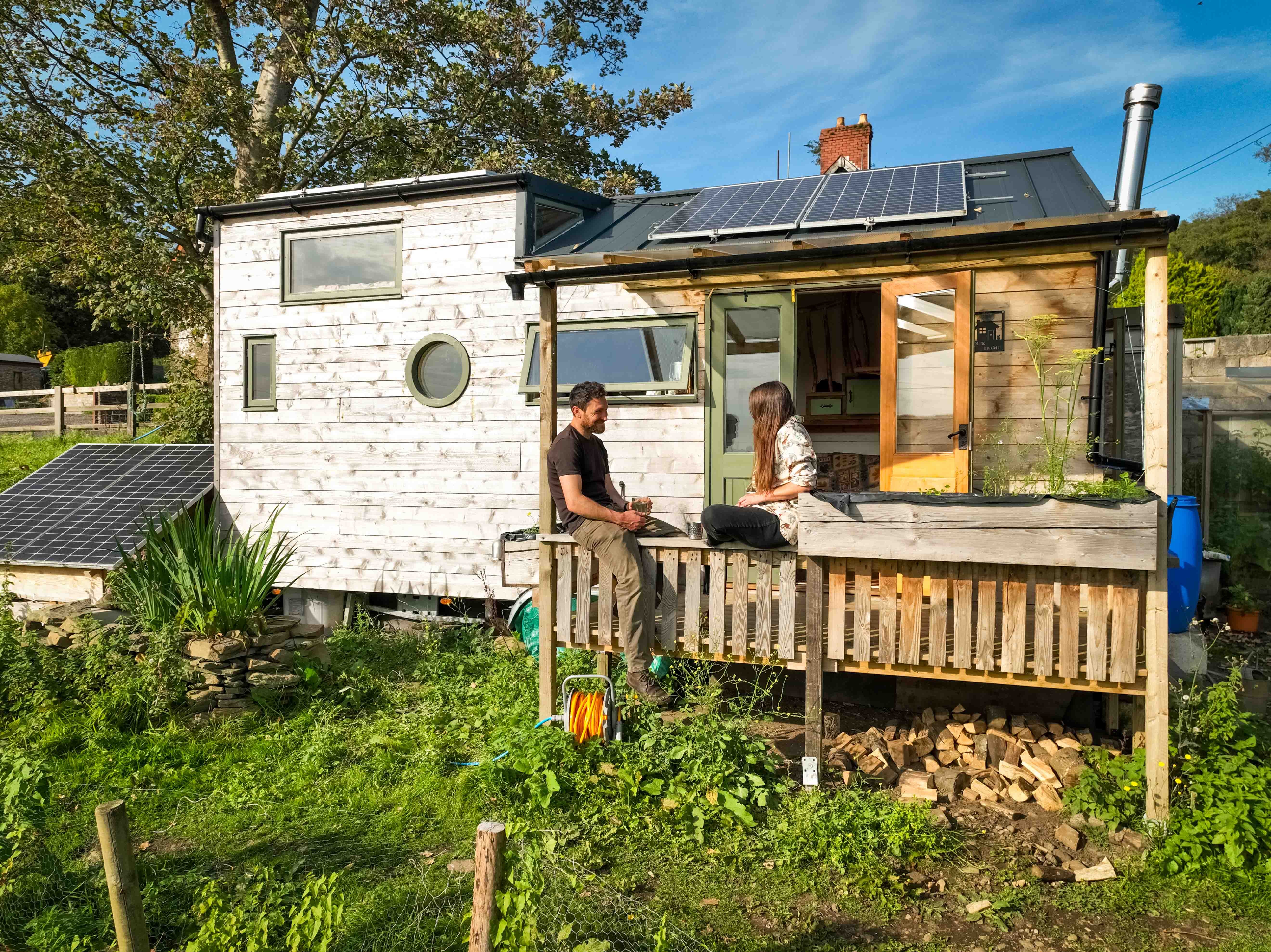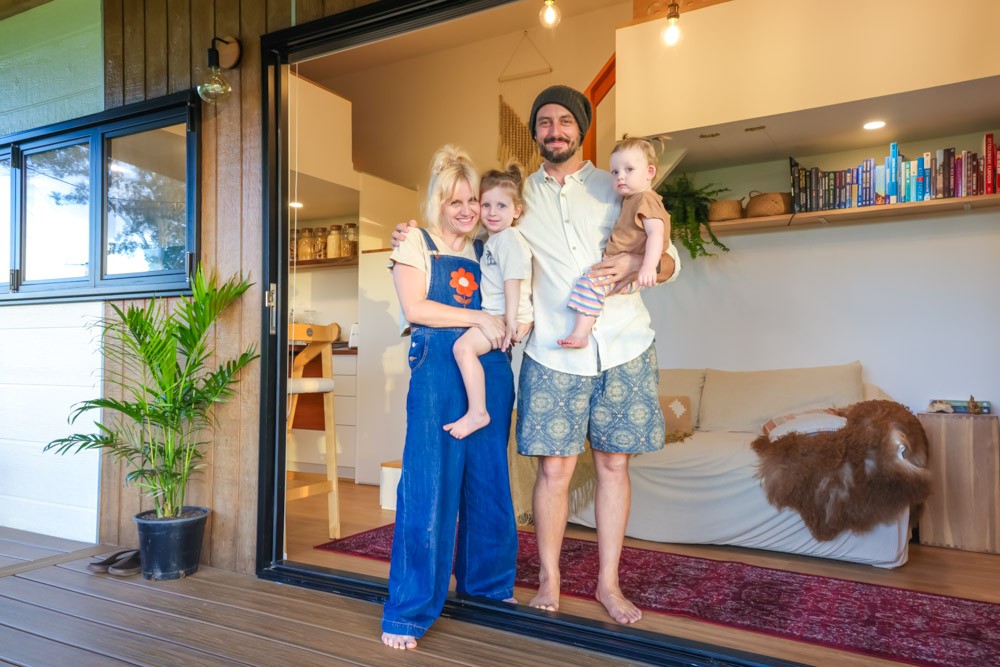Amazing Off-The-Grid Tiny House Has Absolutely Everything! – Revisited
It’s hard to believe that it’s already been more than a year since we first met Paul and Annett in their spectacular off-the-grid tiny house on wheels in Byron Bay, New South Wales. This couple had gone all out in constructing their very own DIY tiny house which is entirely powered by renewable energy technologies. In this very special revisited episode, we are back to visit again and see how off-the-grid life in a tiny house is working out for them.
There is no question about it, this home is something truly special. If you missed our first visit with the couple, you can check out original home tour here.
One of the things that I love most about this home, is that it is a true DIY project. Each aspect of the build was tackled by the couple themselves, who even constructed their own doors and windows for the project, all with no prior building experience. To add to that story, the very first thing they set up was their solar panels and battery bank, allowing them to utilise renewable energy to even power their tools during the construction of their tiny house!
This home is completely off the grid. Solar panels provide the home’s electricity, evacuated solar tubes handle the home’s water heating, rain water is collected from the roof and the home even has it’s very own bio gas generator.
Going off the grid in a tiny house on wheels is certainly not without it’s challenges. For many, it means changing simple habits and getting used to living more within the natural cycles of nature. Most of us for example don’t really think twice before turning on a high energy draw item such as an air-conditioner, but when you’re living off the grid, it can be the difference between running out of power or not. Sizing and specking your system to your expected use is key to getting this right, but also changing your living habits to be more in tune with nature goes a long way.
Thankfully for example, when AC is most needed in the home, it’s also when the sun is out and the home is generating more energy, which means the entire unit can be directly powered by the sun without running down the batteries. The same goes for other items in the home such as the washing machine, which is only used when the sun is out. Other items in the home, for example powering lighting and electronics such as computers and charging for cell phones use comparatively little energy and can be used at any time with only minimal energy loss from the batteries.
After a year of living in the house, Paul and Annett have perfected their systems and have a really great idea of what is working and what isn’t. We look into how much power they are creating in the home, and also talk about their rain water collection system and how they are coping with Australia’s unusual weather conditions including drought.
In this video, we explore the pos and cons of off the grid living with Paul and Annett, and reflect on what it’s been like to live in the home over the past year for the couple. To keep up to date with their off the grid adventures in a tiny house, be sure to check out their website!











